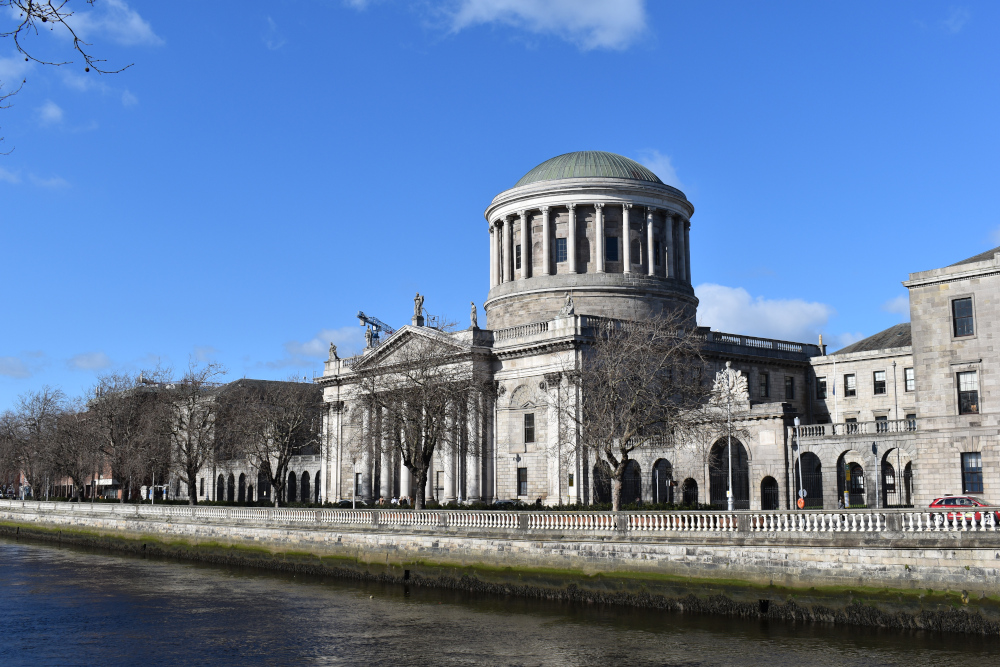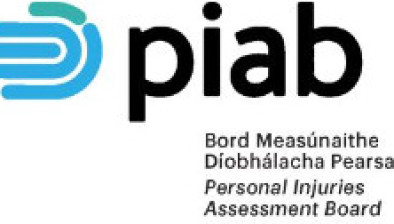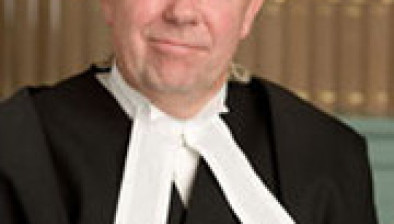High Court: Student who fell from horse has personal injury case dismissed against equestrian centre and university

The High Court has dismissed a personal injury claim brought by a university student who fell from a bucking horse at an equestrian centre. The plaintiff suffered a significant back injury in the fall and brought proceedings against the equestrian centre and the university which organised the horse-riding class.

About this case:
- Citation:[2023] IEHC 10
- Judgment:
- Court:High Court
- Judge:Mr Justice Cian Ferriter
Delivering judgment in the case, Mr Justice Cian Ferriter held that the defendants were not liable for the accident, accepting that the horse was not dangerous and that the plaintiff did not need to be warned of a propensity to buck. However, the court was critical of the defendants for failing to make proper discovery or keep accurate records in the case, which led to the hearing becoming a “swearing match” between witnesses.
Background
The plaintiff was a student in the University of Limerick and was an experienced horse rider. The plaintiff, along with other students, took part in practical horsemanship classes as part of her degree course. The classes were arranged by the University at the Clonshire Equestrian Centre and there was a contract between those parties for the provision of a pool of suitable horses.
In November 2013, the plaintiff was riding a horse called Mocha. As she was undertaking a practice drill in horse control, the horse bucked and the plaintiff was thrown to the ground. The plaintiff suffered a two-part fracture to one of her vertebrae and spent 12 days in hospital. Although she made a good recovery, she still experienced lower back pain at the time of trial, nine years post-accident.
The defendants denied liability in the case and the parties were in full dispute regarding the cause of the plaintiff’s accident. The plaintiff’s claim was that the defendants were negligent by providing a horse with a known propensity for bucking without warning her, allowing the riding to occur on an inappropriately hard surface and failing to provide her with a body protector. However, the main issue in the case related to the temperament of Mocha.
The plaintiff provided evidence that she and her fellow classmates were involved in a training routine with the horses, when Mocha started to buck severely. The plaintiff sought to act as she had been trained, which was to pull back, “sit heavy” in the saddle and pull up the reins. However, she stated that Mocha refused to co-operate and sped up. The horse veered left and threw her violently to the surface.
The plaintiff also adduced evidence from a fellow student, Mr Downes, who claimed to see the full accident. His evidence was that the horse had caused the accident rather than the plaintiff “freezing” in the moment, as submitted by the defendants.
The defendants led evidence from the university’s instructor, who outlined that the accident was due to rider error rather than the horse being unsafe or of a poor temperament. The instructor also claimed that the buck was not as severe as the plaintiff claimed.
On the main issue, being Mocha’s propensity to buck, the plaintiff had an expert who argued that a horse that bucks once should not be used for training riders. Approximately a week prior to the accident, a 10-year-old had become unseated while riding Mocha. Further, Mr Downes claimed that he had previously complained about Mocha being a bucking horse, although he was never thrown from the horse.
The defendants’ experts disagreed with the plaintiff’s expert, explaining that there were different types of bucks and different reasons why a horse might buck. Normally, a buck arose from rider error, it was said. It was appropriate in every case to understand and investigate why a horse bucked.
High Court
The expert evidence established that horses were unpredictable animals and that, where a horse bucked, it was not appropriate to risk using the horse until the issue was “ironed out”. Further, if a horse had a natural tendency to buck, a rider should be warned. Any pronounced or malicious tendency to buck rendered a horse unsuitable for a riding school, the court held.
The court noted that the plaintiff did not strongly pursue the issues of a lack of a body protector or the hard surface area, but the court was satisfied that no liability arose based on the facts of the case.
The main issue in the case was whether Mocha had a propensity to buck which the plaintiff should have been warned about, the court said. In analysing the issue, the court considered the clear-cut evidence from the defendants that a bucking horse would not have been used by either the university or the riding centre. Moreover, each of the defendants outlined that Mocha had a good temperament and had never had any issues previously.
In this regard, the court held that Mr Downes’ evidence of previously having issues with the horse was less reliable. Mr Downes’ evidence was vague in relation to his complaints about Mocha and the court identified certain inconsistencies. Further, the defendants denied that Mr Downes had made the complaints as alleged. Ultimately, the court felt that Mr Downes’ recollection was conflated with rumours and hearsay, or that he was otherwise mistaken.
The court also rejected submissions that the subsequent sale of Mocha in February 2014 led to the inference that the horse was problematic. It was accepted that horses were regularly bought and sold which led to a high turnover.
However, Mr Justice Ferriter noted that there was a dearth of records relating to the investigations of the defendants after the accident. Further, there was an absence of health records and use records for Mocha as well. As such, the court held that the absence of these documents meant that the plaintiff was entitled to form the view that she did, namely that the defendants were liable for the accident.
The court also observed that the defendants failed to make discovery of certain documents at the appropriate time. Accordingly, the court held that “the case turned into the type of ‘swearing match’ that could have been avoided in the event that proper records had been kept, proper investigation into the accident had been conducted, and proper discovery made”.
The court hoped that lessons might be learned by those in the position of the defendants to keep adequate records of investigations. It could not be said that the equestrian centre passed the test in this case, the court said.
It was also surprising that the university did not follow up with Mr Downes after he had made a formal statement in the case about Mocha’s propensity to buck, since this could have clarified important factual issues ahead of the trial and saved time and costs, the court said.
Conclusion
The plaintiff’s claim was dismissed on the basis that the defendants were not liable for the horse bucking. The court preferred the evidence that the horse did not have a known propensity to buck and there was no basis to believe that Mocha was not a suitable horse for the training.
However, the court held that the defendants’ failures regarding proper record-keeping, post-accident investigation and compliance with discovery obligations meant that the case warranted a departure from the usual rule as to costs. The court’s provisional view was that the plaintiff was entitled to a portion of her costs in the absence of agreement between the parties.
Allen v. Clonshire Equestrian Centre and Anor. [2023] IEHC 10








